22 ‘Budget-Friendly’ Cars That Are Still Way Too Expensive
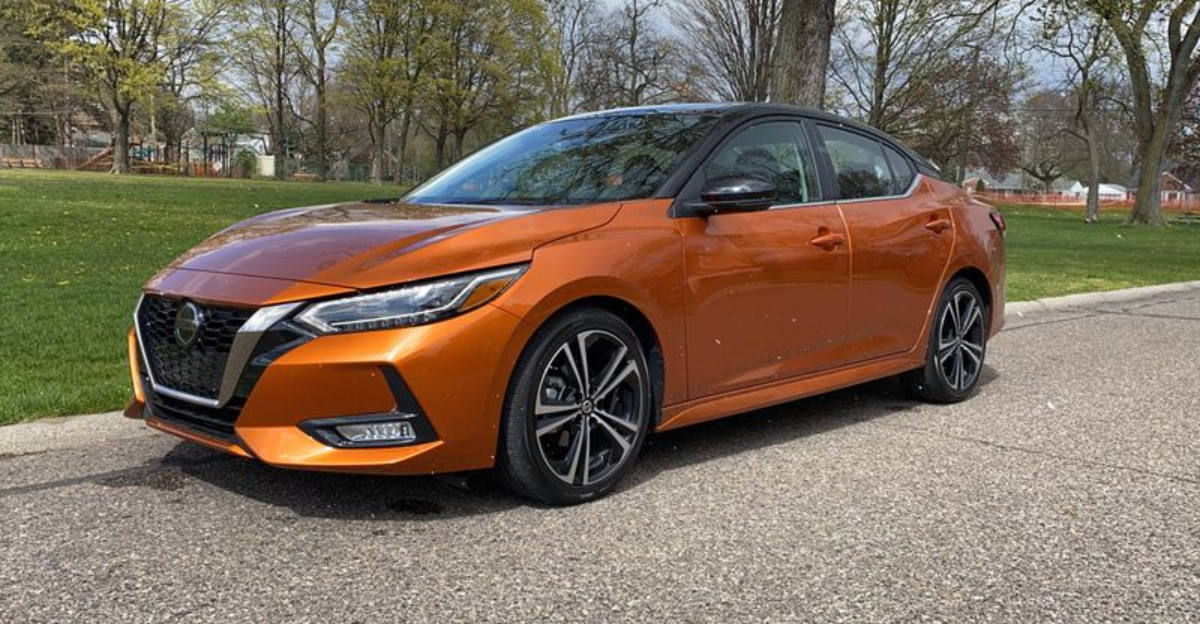
A car labeled as “budget-friendly” should actually be, well, friendly to your budget. But sometimes, that price tag tells a different story.
A buddy of mine once walked into a dealership, excited about an “affordable” compact SUV, only to walk out laughing when he saw the final cost loaded with fees and add-ons.
Some models promise affordability but end up stretching wallets to the limit, making buyers wonder if they accidentally wandered into the luxury section.
1. Honda Civic
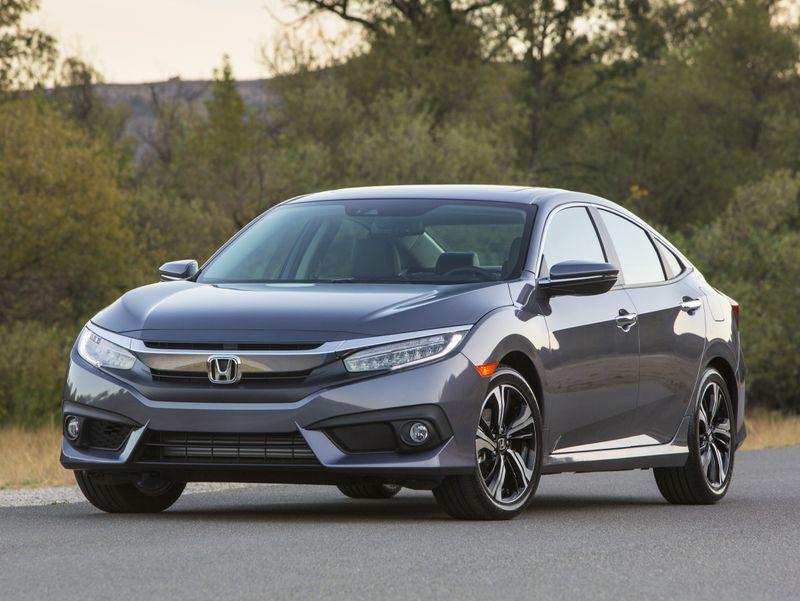
I remember the first time I saw a Honda Civic. It was the car everyone had, the symbol of practicality and reliability.
But when you dig into the price, it doesn’t scream ‘bargain.’ Sure, it’s dependable, but with add-ons, you’ll feel the pinch.
Did you know the Civic has been around since 1972? It’s got history, but the modern price tag might make you question its ‘budget-friendly’ label.
2. Toyota Corolla
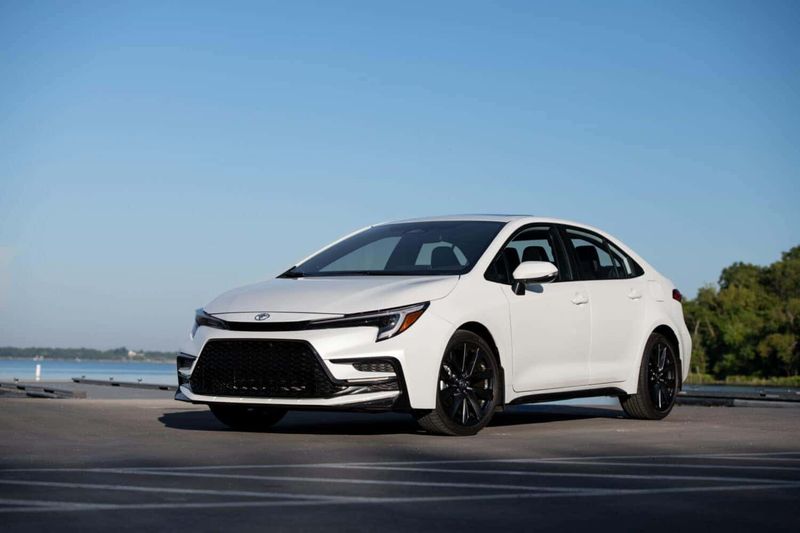
The Toyota Corolla is often hailed as the epitome of reliability. With features like adaptive cruise control and a comfortable interior, it seems like a smart choice.
But is it really a budget car? It’s like buying a plain black suit; functional but not exciting.
The Corolla might save you on gas, but the initial price can sting. For those looking for excitement and savings, the Corolla might fall short.
3. Subaru Crosstrek
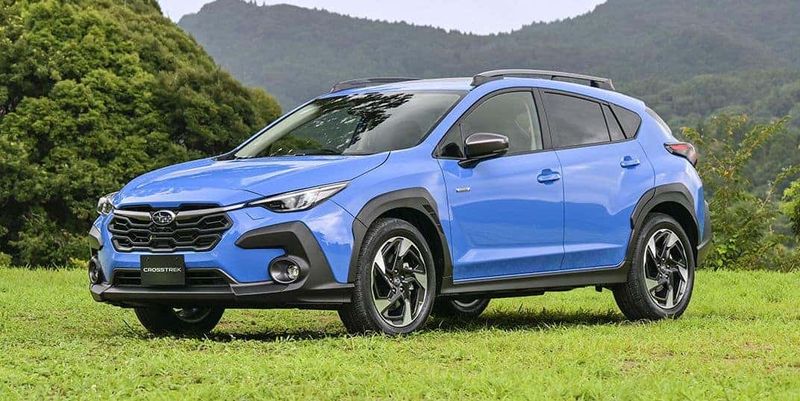
When I think of the Subaru Crosstrek, I remember its rugged reputation. It’s known for handling rough terrains, but rough on the wallet too.
People love the adventure vibe it offers, yet the price might curb your enthusiasm. Is paying extra for off-road potential worth it?
Unless you’re hitting trails every weekend, the Crosstrek might just be an expensive driveway ornament.
4. Mazda3

Similar to its sibling, the Mazda6, the Mazda3 offers a sleek design and zippy performance. While it’s touted as an affordable option, the sticker price might surprise you.
The polished features and sporty feel come at a cost. Compared to other cars in its class, the Mazda3 can feel more like a luxury purchase than an economical choice.
It may turn heads, but your bank account will notice too.
5. Hyundai Elantra

I once took a road trip in a Hyundai Elantra, thinking I’d found a hidden gem. Smooth ride, great mileage, but when it comes to price, it’s not as ‘budget’ as it seems.
The Elantra may try to lure you with its features, but the cost might catch you off guard.
Did you know the Elantra has been around since 1990? Despite its long history, the pricing hasn’t quite caught up with the budget title.
6. Kia Forte
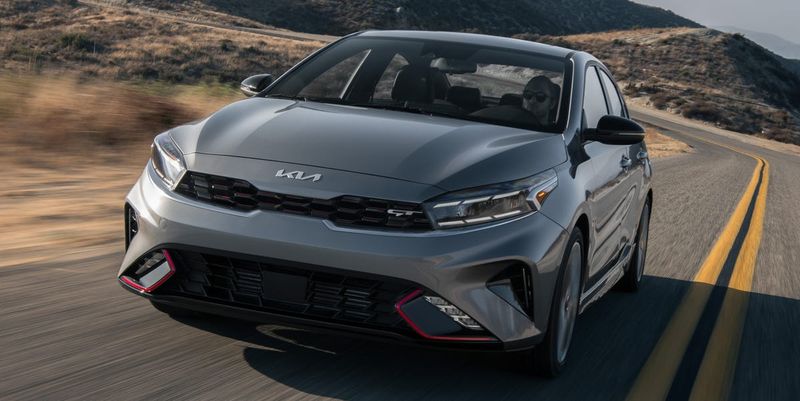
The Kia Forte is often compared to the Hyundai Elantra, sharing many of its features. With a user-friendly infotainment system and decent fuel economy, it seems like a no-brainer.
But peel back the price sticker, and the Forte reveals its true colors.
It’s like buying a designer watch; it looks good, but is it worth the cost? The Forte’s price can make even the most budget-conscious shopper hesitate.
7. Nissan Sentra
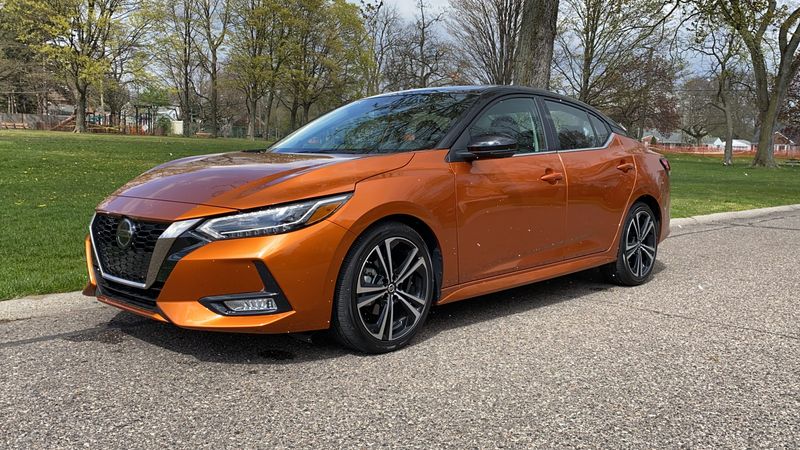
A few years ago, the Sentra was one of the cheapest new cars you could buy. That’s changed. Now, even lightly optioned models hover around $26,000.
Nissan revamped the design and interior, which looks and feels more premium, but the powertrain hasn’t caught up.
It’s not particularly fun to drive or efficient enough to justify the price bump. For a car that once thrived on undercutting everyone, it now finds itself at the middle of the pack with less to offer.
8. Toyota Prius
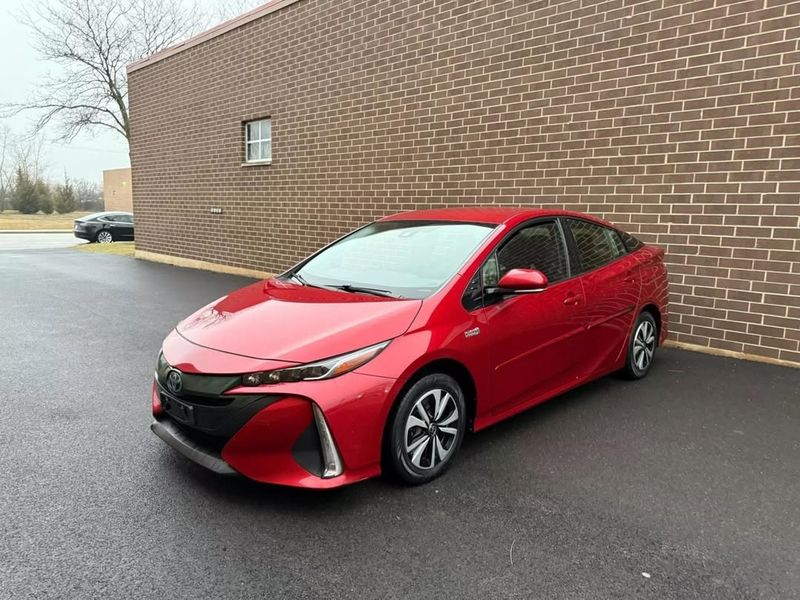
Compared to the Corolla Hybrid, the Prius has become a status symbol in the hybrid world. It’s sleeker, more powerful, and undeniably more expensive.
Add AWD or the Limited trim, and you’re looking at a bill closer to $36K. Toyota finally made the Prius look desirable, but it left behind its original purpose.
It used to be about fuel savings and affordability. Now, it’s a near-luxury hybrid with a price tag to match. It’s hard to call it accessible anymore.
9. Honda Fit (used market)
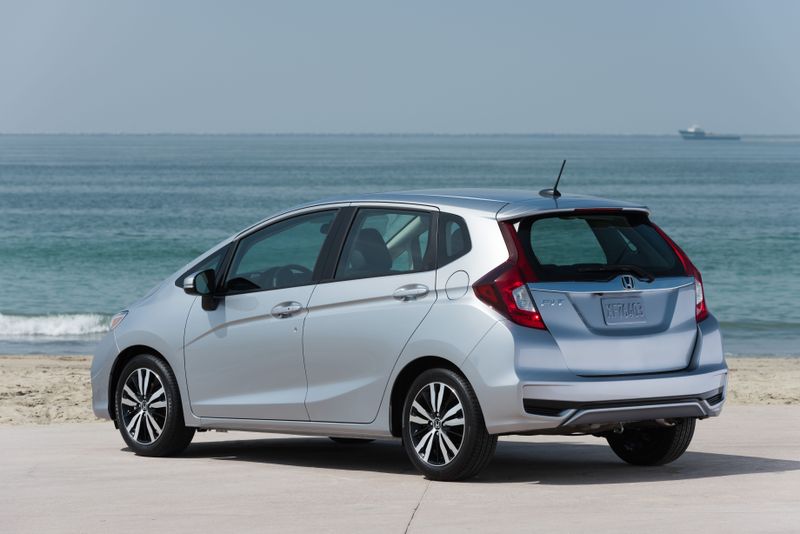
One day, while browsing a used car lot, I stumbled upon a Honda Fit. Cute, compact, but the price was anything but small. The used market doesn’t always mean cheap.
With its versatile interior and decent fuel economy, you’d expect a deal, but the Fit’s price can surprise you. Interestingly, the Fit has been lauded for its TARDIS-like interior space.
10. Mini Cooper

The base Mini may start under $25K, but no one buys it without options. Once you add essentials—auto transmission, nicer wheels, heated seats—you’re staring down $32K or more.
And that’s for a tiny car with limited practicality and average reliability. Minis have always traded on style and personality, but today they cost as much as much larger, better-equipped vehicles.
For something once meant to be economical and fun, the price has gotten downright elitist.
11. Ford Maverick
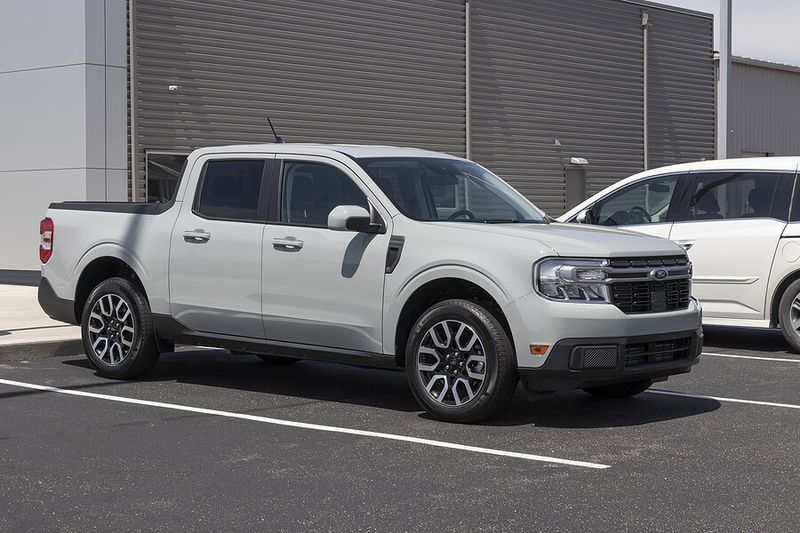
Ford nailed the Maverick’s concept: a small, affordable pickup with hybrid efficiency. But demand outpaced supply, and suddenly dealers were marking them up or forcing buyers into higher trims.
The $20K truck everyone loved turned into a $35K truck with added equipment many didn’t need.
I tried ordering one and was told to expect delays and pay MSRP plus extras. The Maverick didn’t change—but the way people buy it did, and it’s not a budget option anymore.
12. Hyundai Kona
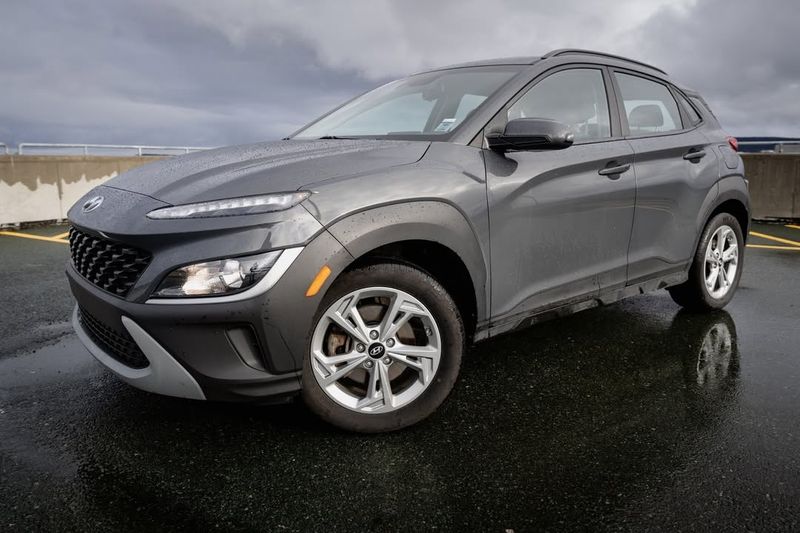
The Hyundai Kona, like its rival the Mazda CX-3, offers a stylish design and competitive features. But don’t let its appearance fool you; the price can be surprisingly high.
While it provides a spirited drive and modern tech, the cost isn’t as friendly. The Kona might excel in style, but its price can be a hurdle for those seeking true affordability.
13. Volkswagen Golf
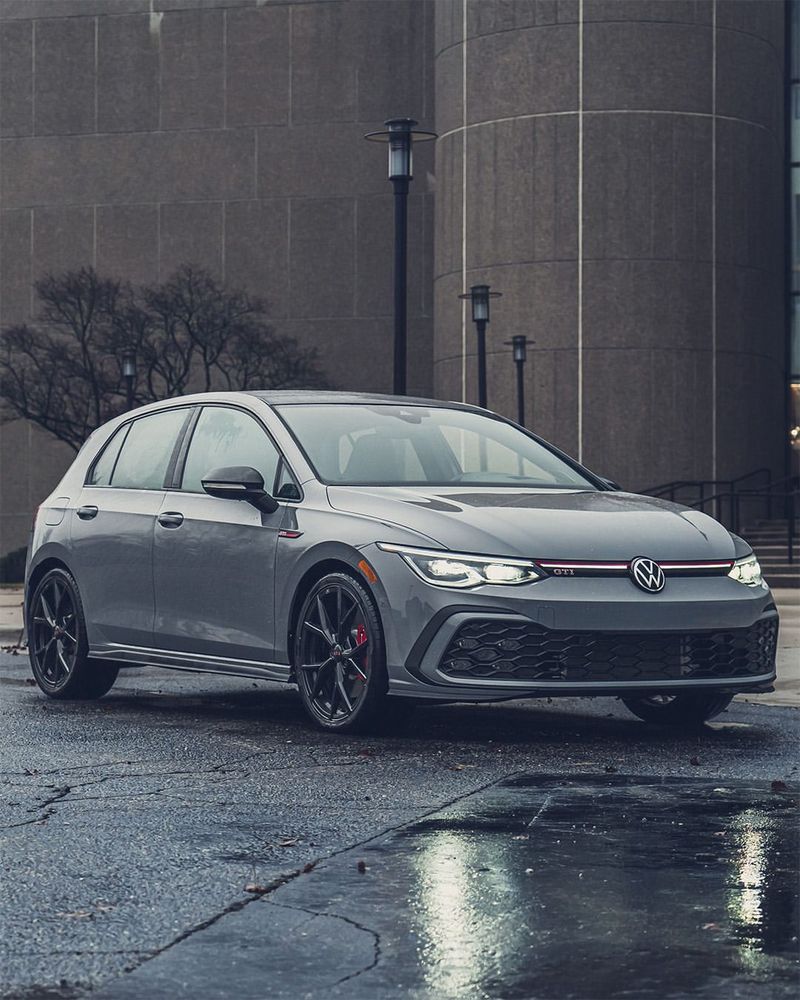
I once owned a Golf and appreciated its refined drive and cabin. But the new ones, especially the GTI, start above $30K and climb fast.
Even base models have become rare, and VW has leaned heavily into performance and tech—great for enthusiasts, but not for value hunters.
The Golf used to be a smart alternative to sedans and compacts. Now, it’s a premium hatchback with pricing to match. For those who remember when it was frugal and practical, it’s a different story today.
14. Chevrolet Trax
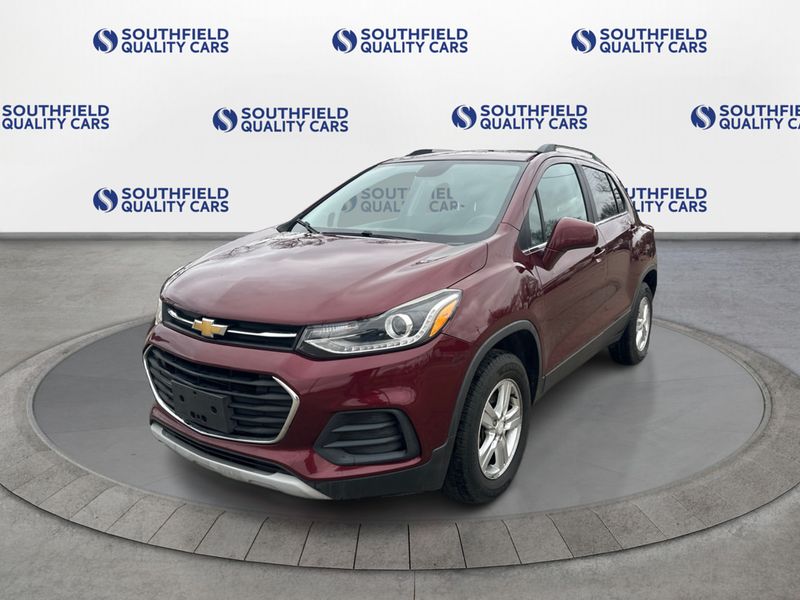
The latest Trax redesign gave it better looks, more tech, and a nicer interior. It also gave it a bigger price tag.
The base price is still competitive, but by the time you reach the top trims, you’re deep into midsize SUV territory.
It’s more attractive and better to drive than ever before, but that affordability edge that once made the Trax appealing has worn thin.
For a vehicle that once sold on price alone, it now feels oddly premium without the name to match.
15. Toyota RAV4
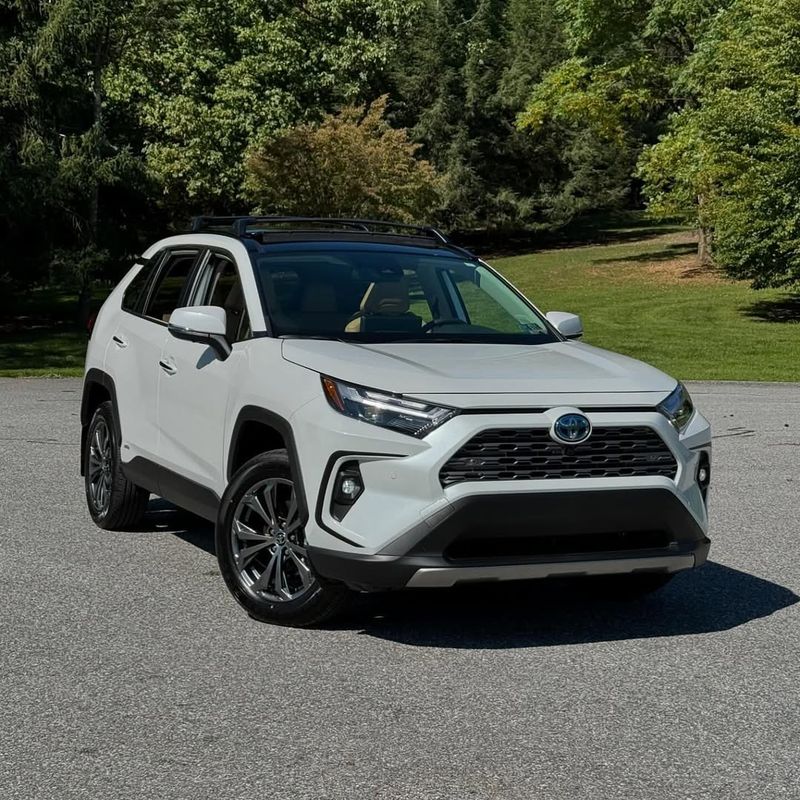
Toyota’s most popular SUV is no longer inexpensive. Even the base RAV4 crosses $30K with destination fees, and hybrids push closer to $40K.
Sure, it’s efficient, dependable, and practical—but that used to come at a lower price. Toyota added tech and safety, but they also bumped pricing into a range that feels bloated.
It’s no longer the everyman crossover. Families on a budget now have to look elsewhere or settle for fewer features than expected.
16. Honda HR-V
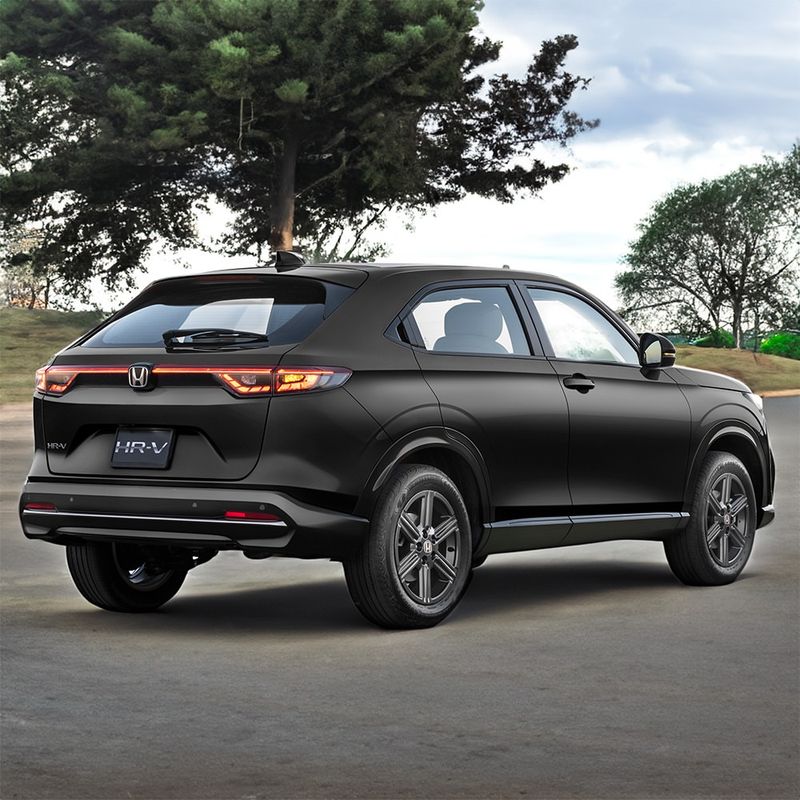
Compared to the Subaru Crosstrek or Hyundai Kona, the HR-V feels competent but less exciting. It’s grown in size and sophistication, but it’s also crept up in price.
While the old HR-V was known for its clever Magic Seat and budget appeal, the current generation feels more grown-up—and more expensive.
Once a clear value leader in the subcompact crossover space, it now lives in the gray area between value and overpriced conformity.
17. Ford Escape
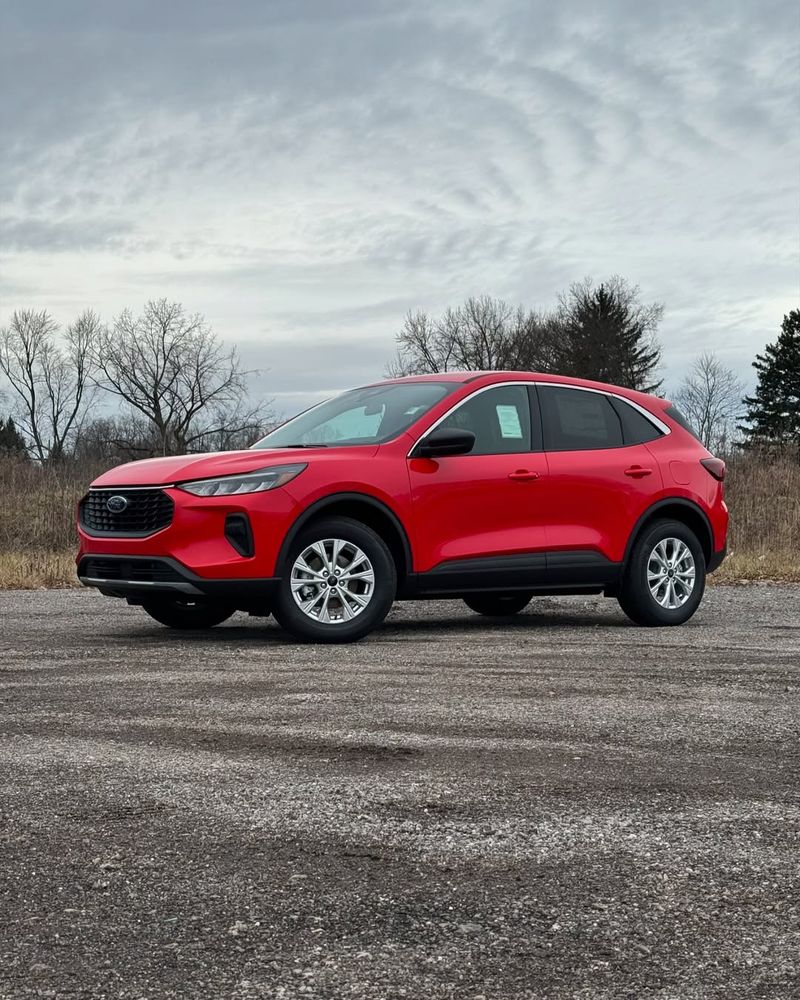
I once helped a friend move using a Ford Escape. Spacious, yes, but when I checked the price, it was eye-watering. The Escape might offer room and comfort, but budget-friendly? Hardly.
Did you know the Escape has been around since 2000? Despite its practicality, the price might not fit every budget. Is it really the economical choice?
18. Nissan Kicks

The Kicks used to be a city-car bargain. Now it’s climbing north of $24K with minimal upgrades. It doesn’t offer AWD, isn’t particularly quick, and feels built to a cost.
Yet Nissan keeps inching the price higher while the car remains mostly the same. It’s functional, yes—but not at its current sticker. What used to be a subcompact steal is now an overpriced economy pod.e?
19. Mitsubishi Mirage
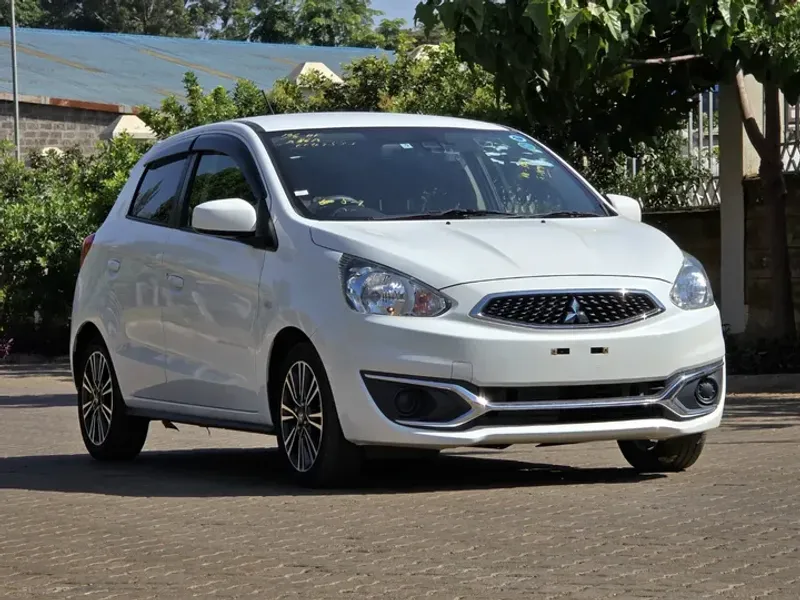
It’s one of the cheapest new cars on the market—technically. But factor in its slow engine, cheap materials, and underwhelming drive, and it starts to feel expensive for what you get.
Even a modest price tag feels high when the car offers so little in return.
What should be a solid budget choice ends up being a hard compromise. It’s not that the Mirage costs too much—it’s that you get too little.
20. Jeep Renegade
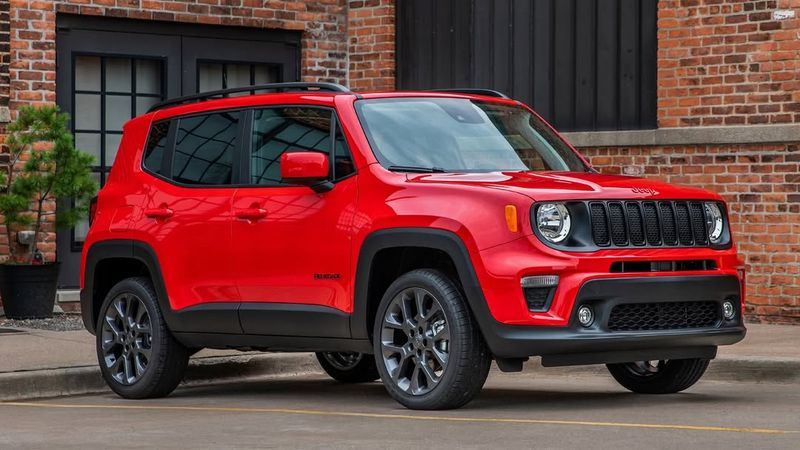
The Renegade markets itself as a rugged urban explorer, but its price betrays that image. With options, 4WD, and trims like Trailhawk, it easily crosses $33K.
It’s cramped, not particularly fuel-efficient, and rides rough for the price point. Jeep’s name carries value, but with this model, you’re mostly paying for style.
The Renegade feels like an experiment in charging too much for too little, wrapped in off-road cosplay.
21. Subaru Impreza

I recall a road trip in a Subaru Impreza, cozy and reliable, but the price was surprising. The Impreza might offer all-wheel drive and safety, but budget-friendly?
Not quite. Did you know it’s been around since 1992? Despite its longevity, the price can deter those seeking affordable options. Is it the economical choice it’s made out to be?
22. Tesla Model 3 (base trim)

On paper, it’s Tesla’s entry-level EV. In reality, by the time you factor in delivery fees and the real-world availability of options, it quickly creeps past $40K.
The base Model 3 is hard to actually find in stock, and most dealers push buyers toward pricier versions. EV incentives help, but they don’t close the gap entirely.
For a car once pitched as the “affordable Tesla,” it’s starting to feel more like luxury-lite than mass market.
